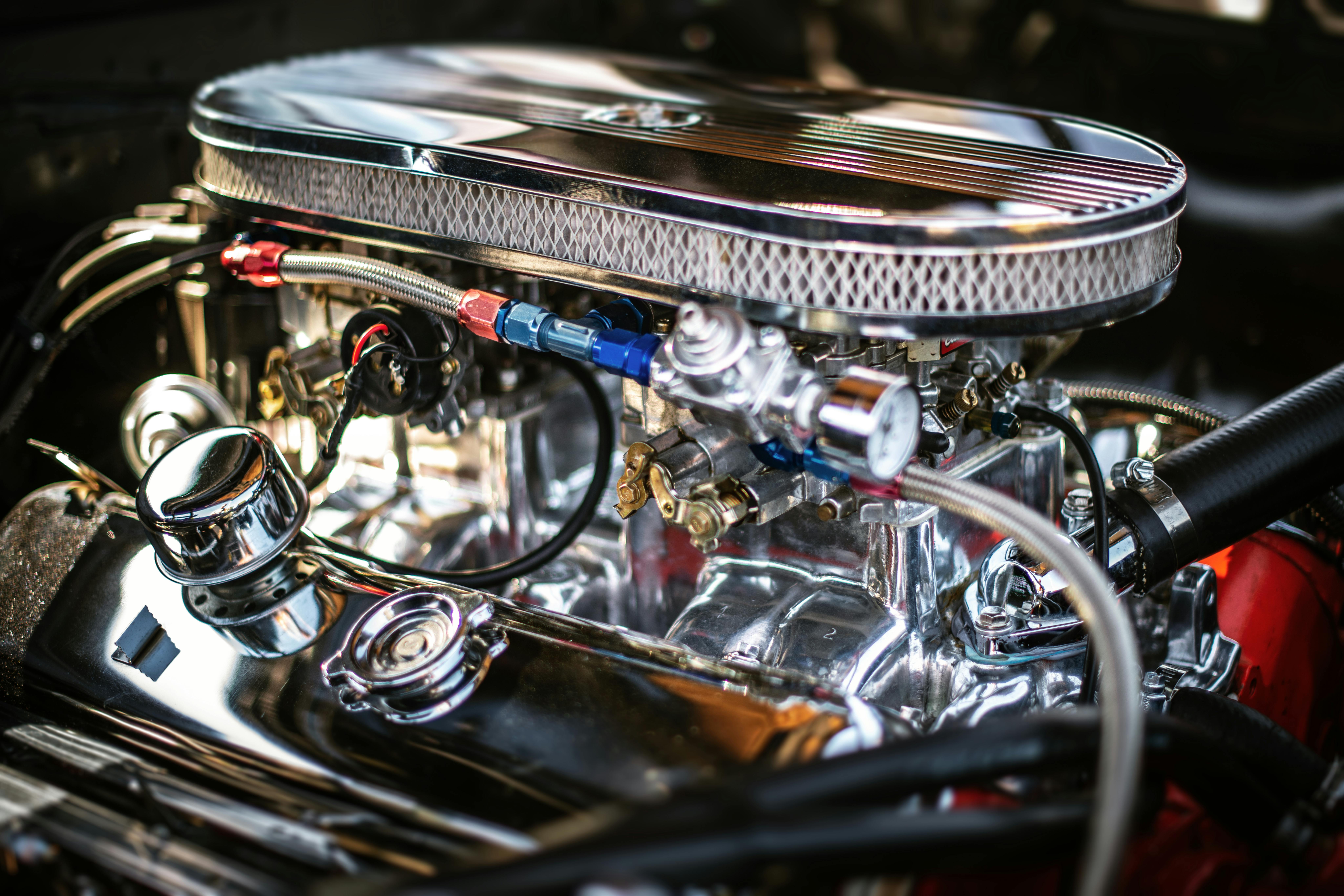Concrete: What to do about dust, crumbling, cracking and discoloration
Concrete is one of the most common materials used in modern construction; The reason for this is that there is no other material that can provide the same results as concrete. The use of concrete for construction provides great advantages, such as ease of use and resistance. When concrete is in its liquid form it is very easy to work with, but when it dries it provides incredible strength that will last for years. Even though concrete is a great source of construction material for everything from concrete floors to building foundations to bridges and tunnels, there could be some problems with concrete over time. Some problems that can arise include the general strength of the concrete itself, as well as corrosion due to exposure of the concrete to excessive moisture; furthermore, the composition of the surrounding soil could also cause some problems. Poor-quality materials and poorly mixed concrete can not only prove costly down the road, but can also be dangerous if the result decreases the strength of the concrete. To avoid these problems it is advisable to always use high-quality concrete and be aware of possible problems with the concrete.
- Dusting: The concrete surface will form a loose powder, indicating that the concrete surface is disintegrating. This can be caused by water bleeding into the concrete during finishing. This can cause the concrete to have a high proportion of water, leading to a weakened surface. Additional causes of this concrete problem can include the use of heaters during cold weather operation without adequate ventilation, which can cause excess carbon dioxide, leading to charring or allowing the concrete surface to freeze. .
- Flaking and peeling: The freezing and thawing process of finished concrete often causes flaking and flaking; Some of the factors that can contribute to this problem include not using air-entrained concrete, which is essential to protect the concrete from the effects of freezing and thawing. Also, if too much calcium chloride was used as an accelerator, this can also cause a peeling and flaking problem. Some other situations that can cause concrete to flake and flake include overworking the concrete surface, insufficient curing, bleeding water, or using de-icer.
- Hairline cracks on the concrete surface: In some cases, the surface layer of concrete may begin to form a network of hairline cracks. This problem often occurs when a fast drying procedure was used or there was improper curing of the concrete. Other contributing factors may include water on the surface during finishing or spraying cement on the surface to dry up water bleed.
- Cracking: The most common reason concrete cracks is due to expansion and contraction of the concrete without sufficient means of stress relief. This could be the result of improper bonding, shrinkage, and settlement. Other factors that contribute to this problem include freezing and thawing, or external restriction, such as the floor.
- Contraction: Another common problem with concrete is cracking due to shrinkage. This can occur when there is rapid evaporation from the surface before the concrete sets.
- Reduced concrete strength: This can happen when improper pouring, handling and curing procedures are used; Additional causes may include high air content, too much water, or an error in the manufacture of the concrete.
- Delamination: This is a situation where there is a separation between the top slab and the bottom slab which may be due to a thin layer of water or air. Some situations that can lead to this problem include when using air-entrained concrete for hard finishes, sealing the surface while bleed water is still present, overworking the surface, or using a polyethylene vapor barrier.
- Discoloration: Some of the more common causes of discoloration of concrete include the use of calcium chloride to speed up setting times, changes in mix proportions or material sources, uneven curing.
- Curling: When curling occurs, essentially what happens is that there is a distortion of the flat surface into a curved shape. This is frequently the result of a difference in moisture content temperature between the top and bottom of the slab.
- Uneven or irregular setting of concrete: The most common cause of this problem is not mixing the concrete well and the use of some superplasticizers with retarding or normal setting admixtures.
Many of these common concrete problems can be avoided when the proper procedures and materials are used during construction. Concrete admixtures can help ensure a perfect concrete finish, if used correctly. This is why you should always purchase your products from an experienced supplier of construction chemicals. Concrete sealer is an important aspect of preserving a concrete finish. These sealers are designed to prevent liquids from being absorbed by the concrete. In addition, this will also help protect the concrete from erosion by water or freezing, as well as substances such as salts and acids. Making mistakes when placing concrete can be very costly; To avoid the added expense of having to repair the concrete later, you should always ensure that you use the best concrete products available and follow the proper procedure for placing the concrete.



Recent Comments